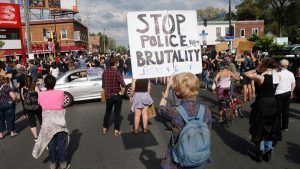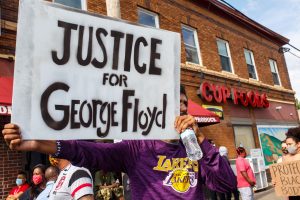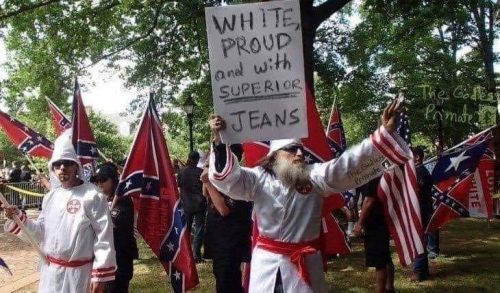We should be asking this kind of question after every instance of police brutality. They need to be put on a tighter leash. Arresting the responsible policemen and charging them with a crime is a start…although even there, I expect our corrupt justice system would let them off eventually.
“Why is the man who killed George Floyd not in jail?” Frey asked. “If you had done it or I had done it, we would be behind bars right now.”
“We cannot turn a blind eye,” Frey said, calling on Hennepin County Attorney Mike Freeman to file charges against the officer two days after the incident.
There is also a security cam video at the link of the moments before he was murdered, in which he is dragged out of the car and put in handcuffs. He’s clearly unhappy and distressed and is passively resisting, but there’s nothing in his behavior that warrants police violence or murder.








